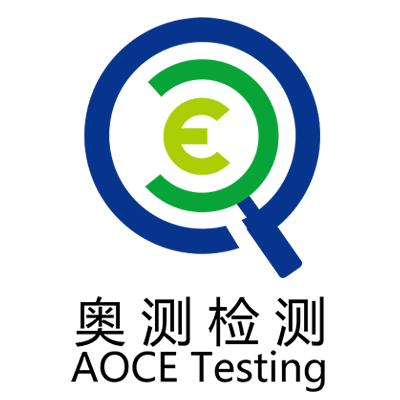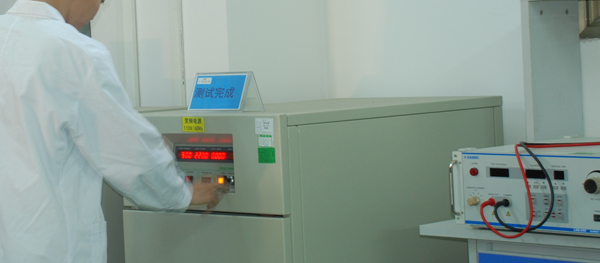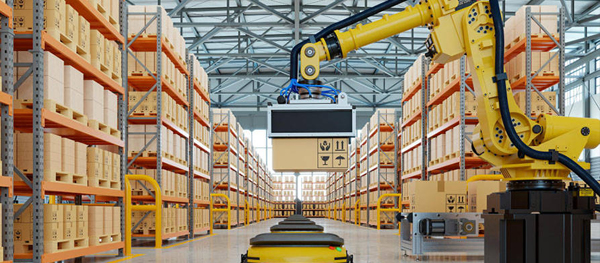Introduction to corrosion testing methods in artificial atmosphere
Release time:2023.06.30
Number of views:10255
The corrosion test in artificial atmosphere refers to an accelerated corrosion test that is alternately exposed to corrosive gases, neutral salt spray, and dry environments.
Salt is one of the most common compounds in the world, and its sources mainly include oceans, air pollution, land surfaces, rivers, lakes, etc. Atmospheric corrosion is often composed of particulate matter adhering to air, commonly including PM2.5, sulfur dioxide, nitrogen dioxide, as well as hydrogen sulfide, ammonia, ozone, chlorine, etc.
Therefore, regardless of whether there is protection or not, the corrosion of metal materials is influenced by many environmental factors. The most important impact of which environmental factor is different depending on the type of metal material and the type of environment.
ISO 21207:2015 standard
ISO 21207:2015 is used to evaluate the corrosion resistance aging test of products containing metal materials in environments significantly affected by chloride ions and corrosion promoting gases (electronic components in service in transportation or industrial environments). These chloride ions come from sodium chloride in the marine environment or deicing salts on winter roads, while corrosive promoting gases come from the pollution of sulfur dioxide and nitrogen dioxide in industry or transportation to the air.



